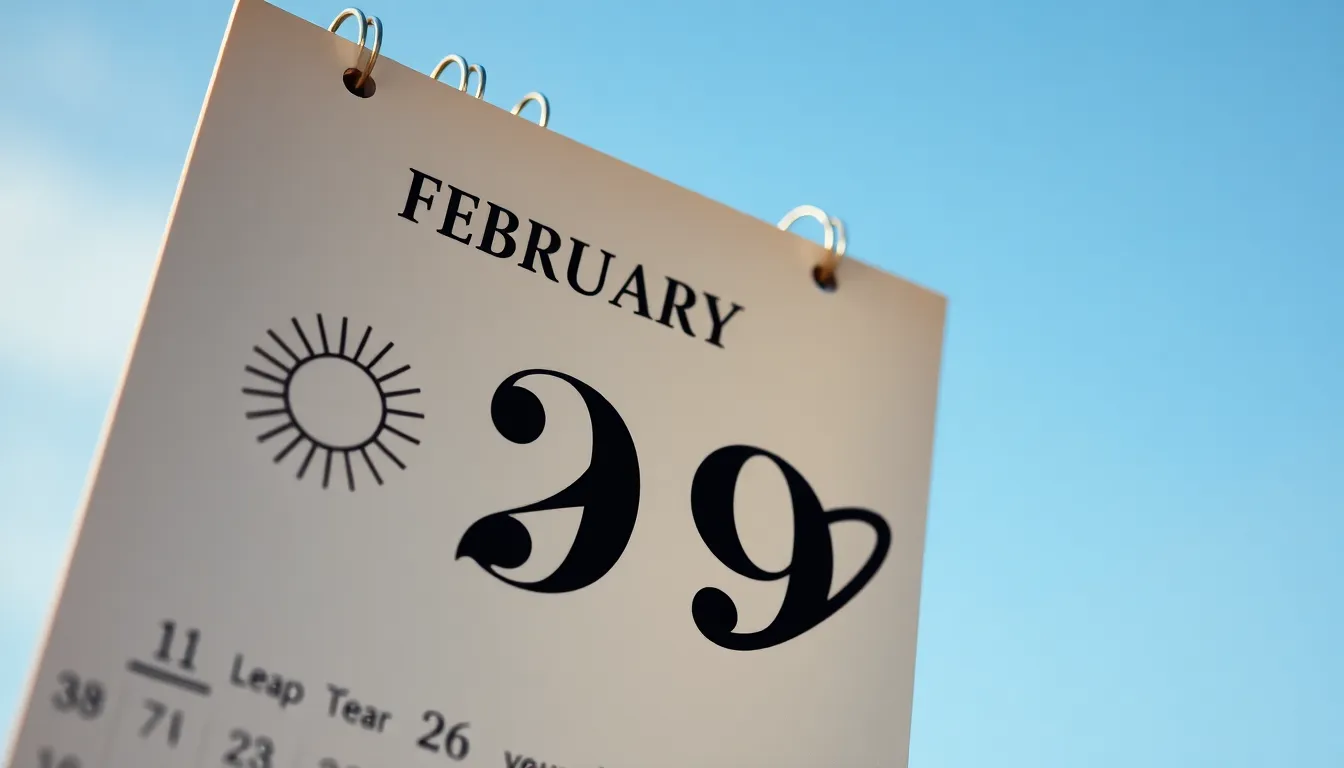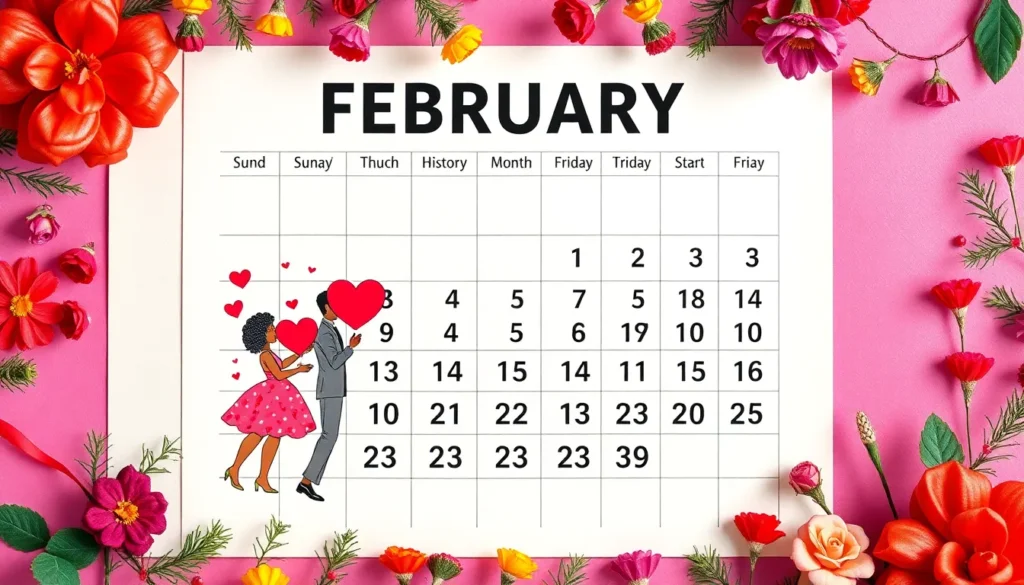Table of Contents
ToggleFebruary can be a bit of a trickster. One minute it’s a cozy 28-day month, and the next, it throws in an extra day like it’s trying to win a game of leapfrog. In 2025, February will strut in with its usual flair, but how many days will it really have? Spoiler alert: it’s not your average February.
As the shortest month of the year, February often leaves folks scratching their heads, wondering about its quirks. Whether you’re planning a birthday bash or just trying to figure out when to pay the bills, knowing how many days are in February 2025 is essential. Let’s dive into the calendar and uncover the mystery behind this peculiar month.
Understanding February 2025
February 2025 consists of 28 days. This makes it a standard February rather than a leap year, which occurs every four years. Factors like planning events, scheduling appointments, and tracking deadlines become significant with this knowledge.
Emerging trends highlight the unique aspects of February as fewer days often impact timelines for projects or personal commitments. While this month is brief, its importance in the calendar remains high due to Black History Month and Valentine’s Day.
Certain activities align with this month, such as tax preparation and seasonal sales. Awareness of the number of days becomes essential for budgeting and financial planning.
February 2025 will begin on a Sunday and end on a Friday. Those considering weekly schedules or events will benefit from knowing the layout of this particular month. February’s structure fosters specific routines influenced by its arrangement in 2025.
Social gatherings might also shift depending on the 28-day format. Organizing celebrations around Valentine’s Day often leads to considerations regarding guest lists and budgeting.
Knowledge of the calendar structure aids individuals in managing responsibilities effectively. It emphasizes prioritizing tasks within a limited time frame, enhancing productivity in personal and professional settings.
The Basics of Leap Years

February stands out as the most unique month due to leap years. Leap years occur every four years to keep our calendar aligned with Earth’s orbit around the sun.
What is a Leap Year?
A leap year comprises 366 days instead of the typical 365 days. This additional day appears in February, giving it 29 days. The primary purpose of this adjustment is to compensate for the approximately 365.25 days it takes for the Earth to complete one orbit. Missing this extra day every four years would eventually disrupt seasonal timings and annual events.
The Leap Year Cycle
The leap year cycle follows a set pattern but has exceptions. Every four years typically qualifies as a leap year; however, years divisible by 100 are not unless they are also divisible by 400. For example, 2000 was a leap year, yet 1900 was not. This cycle effectively accounts for extra seconds accumulated over the years, ensuring consistency in the calendar system.
Days in February 2025
February 2025 consists of 28 days, marking it as a standard month. Events, deadlines, and social plans often rely on awareness of February’s timing. Birthdays and bill payments may require special attention, given that the month lacks an extra day this year.
February 2025 Overview
February 2025 starts on a Sunday and concludes on a Friday. This schedule influences various weekly arrangements and activities. Notable observances during this time include Black History Month and Valentine’s Day. Both occasions offer opportunities for celebration, advocacy, and community engagement. Individuals planning events should consider these dates while organizing their calendars.
Significance of Leap Year
Leap years maintain alignment between the calendar and Earth’s orbit. Occurring every four years, they introduce an extra day to February, extending it to 29 days. This system resolves inconsistencies arising from the solar year not being an exact number of days. Exceptions exist, such as years divisible by 100 not classified as leap years unless divisible by 400. Understanding leap years aids in accurate planning and calendar management.
February 2025 will have 28 days, making it a standard month without the additional leap day. This structure is crucial for effective planning and scheduling. With key dates like Valentine’s Day and the observance of Black History Month, February offers opportunities for celebration and reflection.
Understanding the layout of this month can help individuals and businesses manage their time and tasks more efficiently. Whether it’s budgeting for expenses or organizing social events, being aware of February’s unique characteristics allows for smoother planning. Embracing the rhythm of February can lead to a more productive and fulfilling month ahead.







